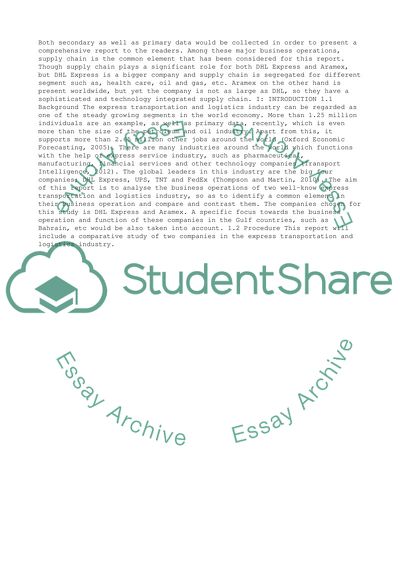Cite this document
(“Value Chain Analysis Of DHL And Aramex Assignment”, n.d.)
Retrieved from https://studentshare.org/business/1489986-dhl-vs-aramex
Retrieved from https://studentshare.org/business/1489986-dhl-vs-aramex
(Value Chain Analysis Of DHL And Aramex Assignment)
https://studentshare.org/business/1489986-dhl-vs-aramex.
https://studentshare.org/business/1489986-dhl-vs-aramex.
“Value Chain Analysis Of DHL And Aramex Assignment”, n.d. https://studentshare.org/business/1489986-dhl-vs-aramex.


